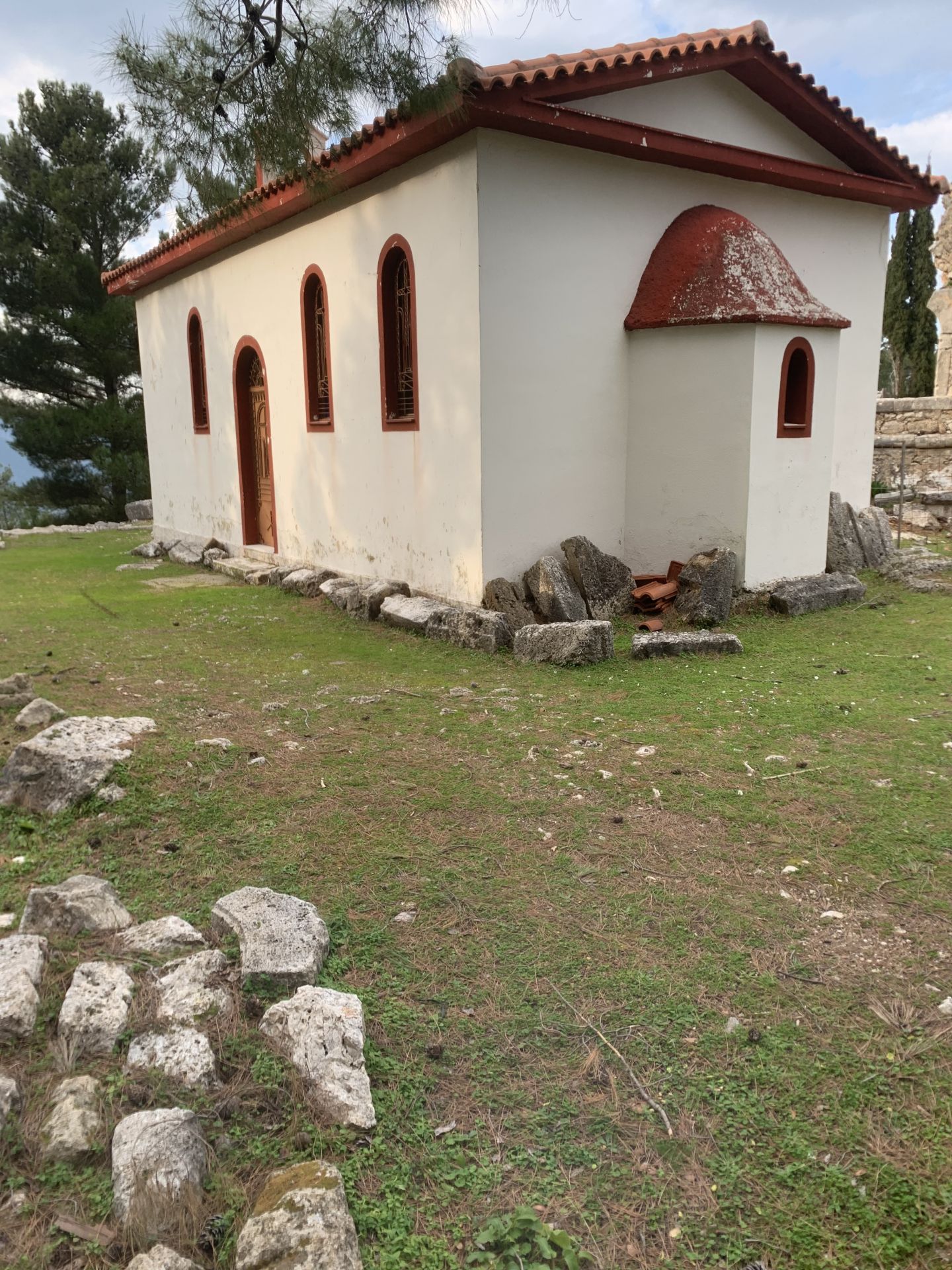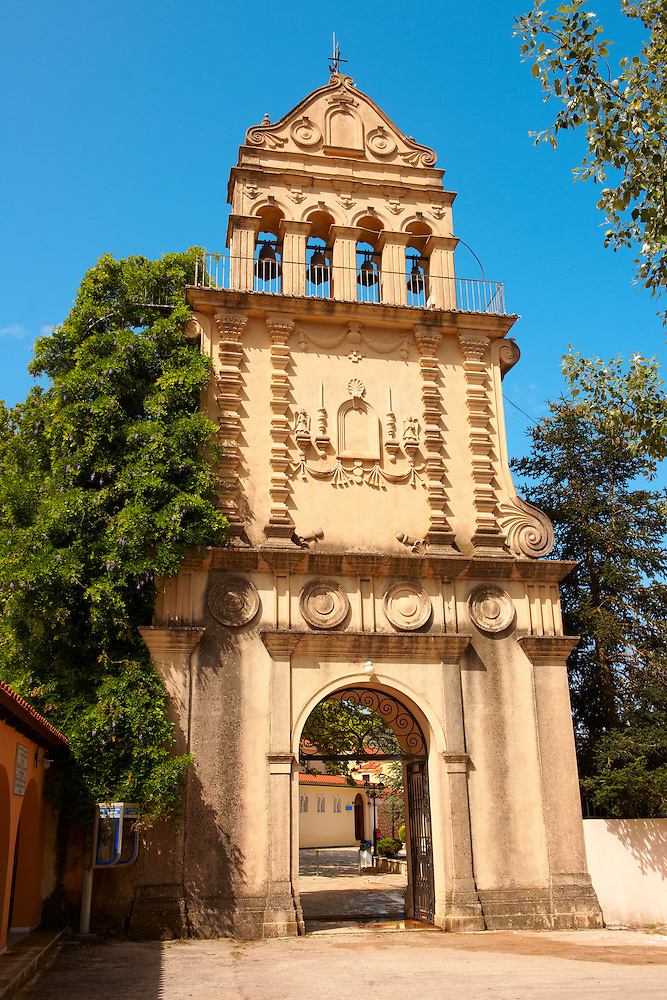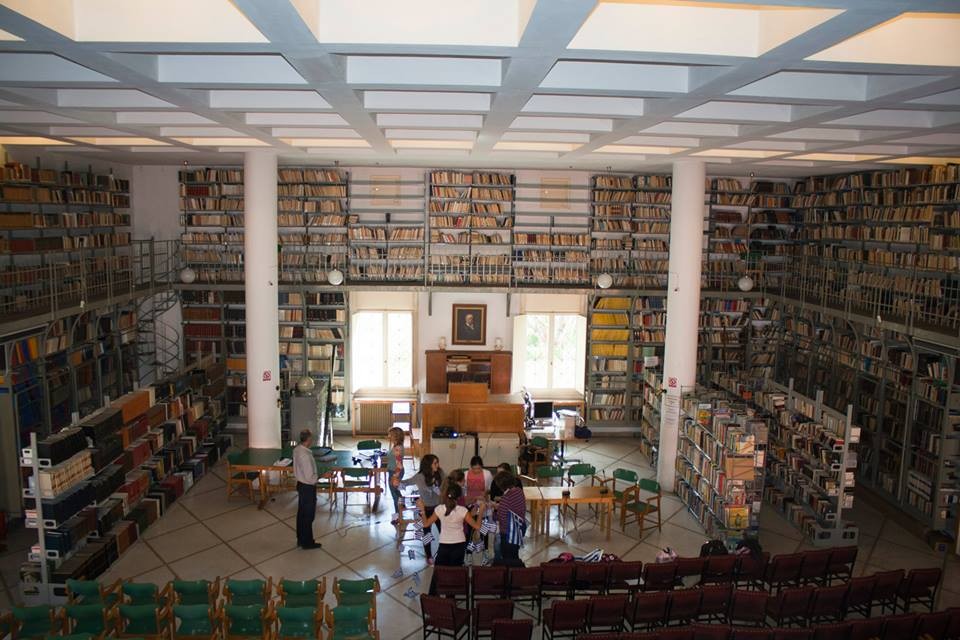
What to see in kefalonia
Agrilia Monastery

Agrilia Monastery
Agrilia Monastery is located in the hill above the town of Sami, offering a spectacular view in Antisamos beach, Sami bay and west part of Ithaca.
According to tradition, in 1722 two shepherds and their maid found the miraculous icon of Virgin Mary in the area where the monastery is today. This fact, lead them to become monks and built a males monastery. During the 18th century, a small church was built within the precincts of the monastery in honor of Kosmas of Aetolia. This church celebrates on 24th of August.
Saints Fanentes

Saints Fanentes
In the eastern part of the island and specifically in the area of Sami lived and slept the confessors Saints Gregory, Theodore and Leo, who are better known by the nickname “Saints Fanentes”, which was given to them due to the miraculous revelation of their sacred relics. of their emergence from obscurity.
The bodies of the three Saints remained unknown for many years until once a prominent and wealthy resident of the island named Michael suffered from a form of leprosy, elephantiasis. Michael went to the doctors, but found no cure anywhere
Then he decided to place his hopes in God. One night, three men in the form of angels appeared in a dream in his sleep and told him that he would only be healed if he found their unburied bodies. When Michael woke up, he knew neither the names of the Saints nor the place where they were located. However, he met a shepherd, who told him that following a pig, which had moved away from the rest of the herd, he entered a dense forest and saw three unburied and incorruptible bodies, from which a wonderful fragrance emanated.
Then Michael realized that these were the three Saints, whom he had seen in his dream and guided by the shepherd he headed with his horse to the forest, where the three holy relics were located in abundant light. After praying and supplicating the three Saints with tears, the leprosy disappeared immediately.
In the place of the miraculous finding of the holy relics, a sacred monastery was later erected at its own expense in honor of the three Saints, which played an important role in the social and spiritual life of the island and was for centuries the center of honorary worship of the three Saints.
The hill on which the ruins of the monastery are located is the end of a hiking route that starts from the town of Sami, passes through the Ancient Acropolis and ends at the monastery of Agrilia. Through green paths with unique views, you can admire the beauty of nature and the ancient heritage of the area enjoying the peace and quiet that the landscape holds.
St Gerasimos Monastery

St Gerasimos Monastery
Saint Gerasimos is the patron saint of the island and its protector. He is believed by natives of Kefalonia to heal them of mental illness. Therefore, many natives of the island name their children after Saint Gerasimos as a tribute to their protector.
Gerasimos (1506–1579) came from the aristocratic and wealthy Notaras family. He was ordained a Monk at Mount Athos, went to Jerusalem for 12 years, spent some time in Crete and Zakynthos and in 1555 arrived on Kefalonia. He spent his first 5 years in a cave in the area known as Lassi. In 1560, Saint Gerasimos founded a nunnery in the valley of Omala, near the village Valsamata and called it the New Jerusalem. The monastery which he established cared for the poor and became a center for charity.
The monastery is considered one of the most sacred pilgrimages in Kefalonia hosting a great number of visitors. A small church to Agios Gerasimos has been built above the tomb and the cave of the saint. The only way to access this cave is by a large hole inside the church. His relics, that were found totally incorrupt, are saved in double glass reliquary placed above the saint’s tomb.
Today the monastery has been reconstructed. It is an imposing building with a newly built church.
Every year, in memory of the saint, two big festivals are held; one on 16th August (the day of his death) and one on 20th October (the day they recovered his relics).
The Saint also had planted a plane tree which is still preserved at the monastery.
St. Andrews museum

St. Andrews museum
St. Andrews museum is housed in a particular building of St. Andrews convert, located in Peratata area.
The convert is mentioned in texts from the 13th century. Due to wars, it is ruined and deserted several times. It was re-established in 1639 by Roxani Tsigara, daughter of John Zotos Tsigaras an official of high rank in the court of Prince of Moldavia. According to tradition the princess was rescued by a shipwreck in the area, she stayed in the convert and later decided to become a nun. She dedicated in the convert not only her great fortune but also a priceless religious treasure, the holy relic, foot of St. Andrew.
Later on, in 1988, the museum is established where you can admire several iconostases from churches which were destroyed from the big earthquake of 1953.
In the convert’s area you can also see St. Andrew’s old church that dates from 17th century.
Korgialenios Library - Folklore Museum

Korgialenios Library - Folklore Museum
The Korgialenios municipal library was established in Argostoli in 1925 and was bequeathed by Marinos Korgialenios a Kefalonian man who was forced to become an immigrant from very small age, but never forgot of his beloved homeland.
Apart from the funds, he donated to the Library his personal collection. It is the third largest library in Greece, with over 59,000 volumes as well as many exceptionally rare texts and manuscripts dating from 1535 onwards.
The building of 1925 was completely destroyed and the books were saved thanks to the sacrifice of employees. In 1963 the library moved to its current building, which was constructed identical to the pre-earthquake building.
The Local Historical Archive of Kefalonia is housed on the ground floor of the building consisting a cultural heritage for the country, as well as through the dozens of documents one can read the history of the island over the centuries.
In Korgialenio Library there is our autonomous Historical and Folklore Museum.
It was created in 1963 on the ground floor of Korgalenios Library with the purpose of preserving the memory of the historical and social conditions that prevailed before the 1953 earthquakes. The permanent exhibition is divided in sections of urban and rural, ecclesiastical art and urban design. The collection of Byzantine icons of Charokopos and the Collection of Francis and Stephen Vallianos are exhibited separately.
The consistency of the exhibition halls of the museum gives the visitor the feeling of visiting a real local home of past centuries and not a museum!
